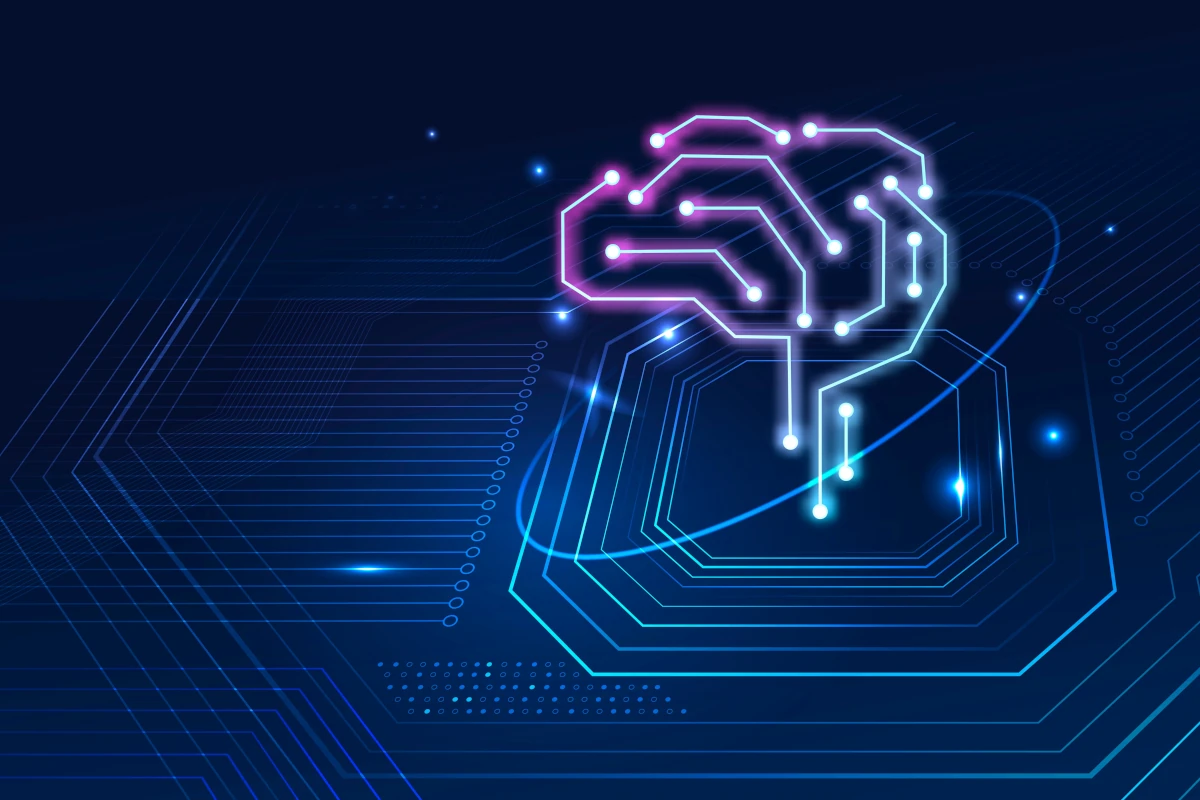Online meetings have become a standard component of business and personal communication over the past few years. As remote working and global connectivity continue to increase, new technologies like 5G and artificial intelligence (AI) are going to change the face of virtual meetings. In this post, we talk about the revolutionary impact these technologies will bring to virtual meetings and the potential they create for users and businesses.
The Arrival of 5G: Faster, Smoother Connectivity
The launch of 5G networks is a huge leap for mobile internet speed and reliability. With its ultra-low latency and high bandwidth, 5G delivers impeccable video and audio quality for online meetings, even in HD. In addition to this, the fact that 5G can handle high counts of participants and be merged with other emerging technologies, such as real-time analytics or virtual reality spaces, for example, keeps adding to its disruptive capabilities in large-scale virtual collaboration. It addresses one of the most significant pain points for virtual communication: disruptions in meetings caused by unstable connections.
- Enhanced Collaboration: With near real-time delivery of data, 5G enables real-time collaboration, with teams able to share large files, use interactive whiteboards, and co-work on complex tasks without any delays.
- Global Reach: Individuals in remote or underserved areas can access high-quality online meeting experiences, narrowing the digital divide.
The Role of AI in Revolutionizing Online Meetings
AI is at the forefront of revolutionizing online meeting experiences, offering more than just video calling. The integration of AI-powered functionality is changing the way we communicate, collaborate, and make decisions.
1. Automatic Transcription and Note-Taking
AI-driven transcription services convert speech to text in real time, providing accurate meeting notes and summaries. Otter.ai and Zoom’s transcription feature are excellent examples, showing how this feature is transforming productivity and accessibility in online meetings. Not only is time saved with this feature, but it also ensures that no valuable information is missed.
2. Emotion and Sentiment Analysis
Through emotion detection using AI, meeting software is able to analyze facial expressions, tone of voice, and text input to gauge engagement and sentiment. This is accompanied by privacy concerns on how sensitive data is stored and used, as well as ethical concerns on consent and transparency on monitoring the emotions of participants. Leaders believe this insight is valuable in order to adjust their style and make the environment more inclusive.
3. Smart Scheduling and Summaries
AI can simplify scheduling meetings by analyzing participants’ calendars and suggesting the best times. Post-meeting summaries and action items generated by AI ensure that teams stay on target.
Opportunities for Individuals and Businesses
The pairing of 5G and AI introduces new potential to both consumers and enterprises:
- Remote Work Empowerment: Employees can effectively work together from anywhere, boosting productivity and work-life balance.
- Cost Savings: Organizations lower their business expenses and office rents through the adoption of advanced virtual meeting technology.
- Immersive Experiences: The advent of AI-driven virtual and augmented reality (VR/AR) capabilities creates highly immersive and realistic meeting environments. Verticals such as healthcare, education, and real estate can significantly gain, with use cases ranging from virtual patient visits and immersive learning to interactive house tours.
Emerging Platforms and Innovations
Telepati Meeting, developed by innovative company Tohjiwa Teknologi, is beginning to showcase the potential of AI and 5G convergence for virtual meeting experiences unlike any other. Telepati Meeting, for instance, utilizes AI to provide real-time multilingual transcription and more intelligent collaboration capabilities, making it an excellent choice for global teams.
Tohjiwa Teknologi, the company behind Telepati Meeting, is at the forefront with innovative solutions to simplify connectivity and AI adoption. These platforms illustrate how innovative advancements are shaping the future of online communication.
The Road Ahead
As 5G becomes ubiquitous and AI continues to evolve, virtual meetings will transform from basic video conferences to interactive and immersive experiences. Those companies that embrace these technologies earlier in time will gain a competitive edge, and individuals will have more productive and interactive virtual experiences.
Unlocking New Horizons in Online Meetings
The future of virtual meetings is indeed bright, thanks to the revolutionary power of 5G and AI. From real-time transcriptions to improved connectivity, these advancements are set to revolutionize how we communicate in a digitally powered world. With visionary platforms such as Telepati Meeting, developed by Tohjiwa Teknologi, the possibilities for more significant online interactions are limitless. By embracing these technologies early, individuals and businesses alike can find new peaks of productivity, collaboration, and connection. The future is a path of continuing evolution, and technological gaps bridge, making communications even more interactive and successful.

